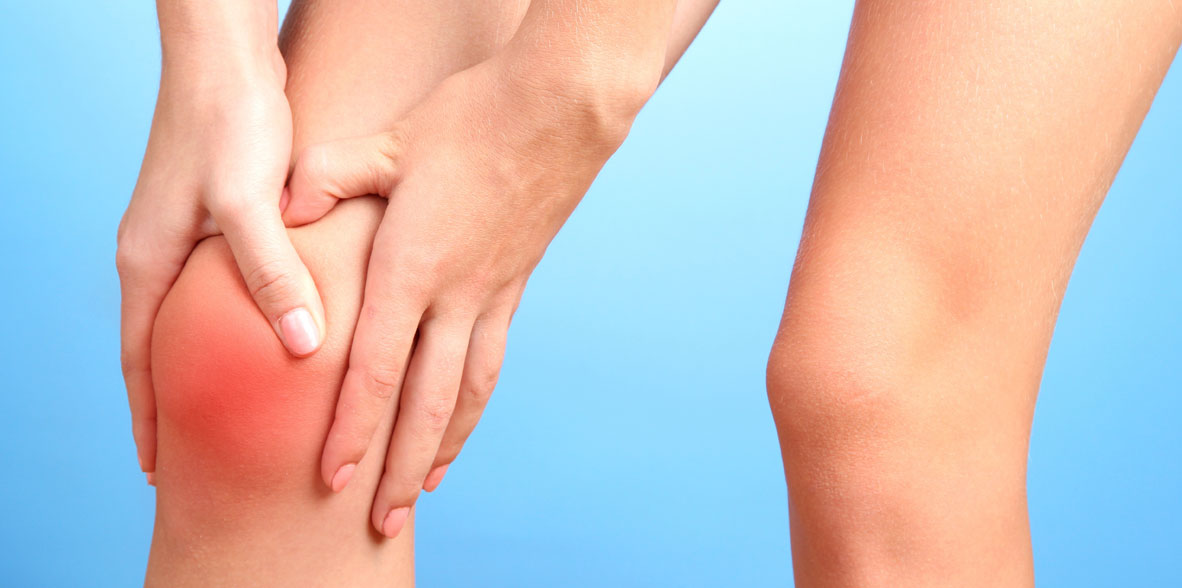

 Centro Médico Teknonen/health-centers/centro-medico-teknon
Centro Médico Teknonen/health-centers/centro-medico-teknon- Centro Médico Teknonen/health-centers/centro-medico-teknonHospital Universitari General de Catalunyaen/health-centers/hospital-universitari-general-catalunya
 Centro Médico Teknonen/health-centers/centro-medico-teknonHospital Universitari Sagrat Coren/health-centers/hospital-universitari-sagrat-cor
Centro Médico Teknonen/health-centers/centro-medico-teknonHospital Universitari Sagrat Coren/health-centers/hospital-universitari-sagrat-cor
Dermatomyositis is a rare autoimmune connective tissue disease characterized by inflammation of the muscles and skin. It falls within the category of idiopathic inflammatory myopathies, a group of disorders involving chronic muscle inflammation. Dermatomyositis primarily affects the muscles proximal to the trunk, leading to muscle weakness, and it is associated with distinctive skin manifestations.
Clinical Features:
Muscle Weakness: Proximal muscle weakness, often involving the muscles of the shoulders, hips, and thighs.
Skin Changes:
- Gottron's Papules: Flat or raised reddish-purple papules on the knuckles.
- Heliotrope Rash: A violet or reddish rash on the upper eyelids.
- Gottron's Sign: Reddish patches over the joints, especially the knuckles.
- Erythema: Generalized skin erythema or a rash over sun-exposed areas.
Diagnostic Criteria:
The diagnosis of dermatomyositis is based on a combination of clinical, laboratory, and histopathological findings. Diagnostic criteria include characteristic skin rashes, muscle weakness, elevated muscle enzymes (such as creatine kinase), and specific findings on muscle biopsy.
Treatment:
The treatment of dermatomyositis aims to control inflammation, manage symptoms, and improve overall function. It typically involves a multidisciplinary approach, and treatments may include:
Corticosteroids (Prednisone): High-dose corticosteroids are often the initial treatment to suppress inflammation. Once symptoms are controlled, the dose is gradually tapered.
Immunosuppressive Medications: Adjunctive immunosuppressive medications, such as methotrexate, azathioprine, mycophenolate mofetil, or calcineurin inhibitors, may be used to reduce the reliance on corticosteroids and manage the autoimmune response.
Biologics:
Biologic agents like rituximab, which target specific immune pathways, may be considered in cases not responsive to conventional treatments.
Physical Therapy: Physical therapy is essential to maintain muscle strength, flexibility, and function.
Sun Protection: Sun protection measures, including sunscreen and protective clothing, are crucial to manage photosensitive skin manifestations.
Topical Treatments: Topical corticosteroids or other skin-directed therapies may be employed for skin involvement.
Dysphagia Management: If dysphagia (difficulty swallowing) is present, dietary modifications and speech therapy may be recommended.
Monitoring: Regular monitoring of disease activity, muscle enzymes, and potential side effects of medications is important.
Treatment plans are individualized based on the severity of symptoms, the extent of muscle and skin involvement, and the overall health of the patient. Early diagnosis and initiation of treatment are crucial to improve outcomes and prevent complications associated with chronic inflammation and muscle weakness.



































